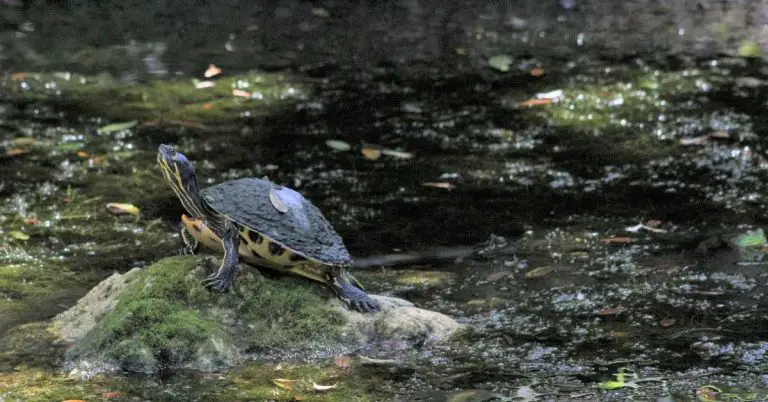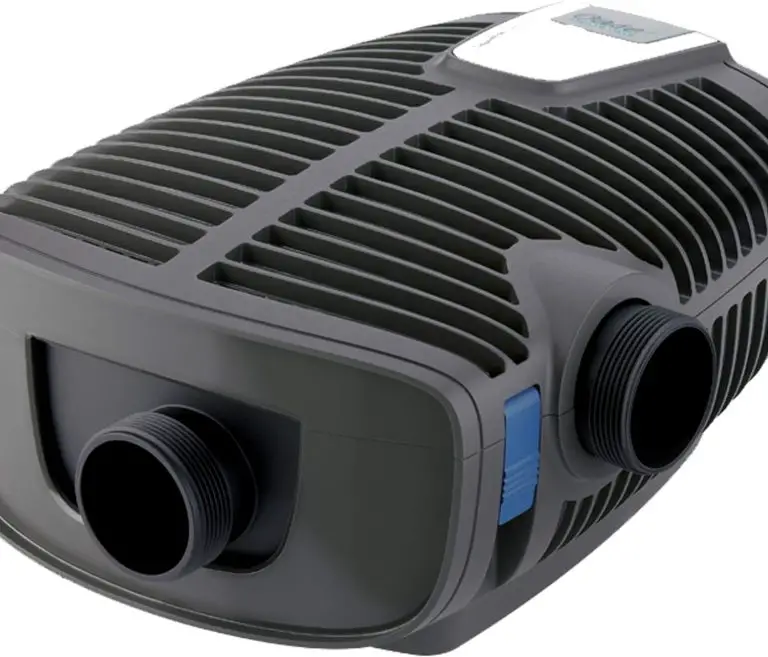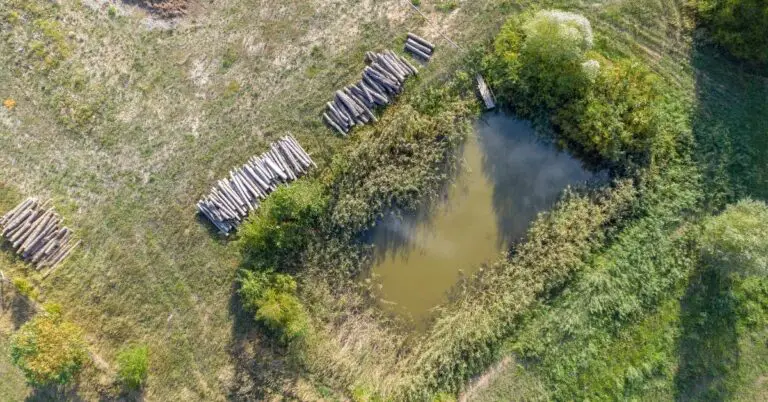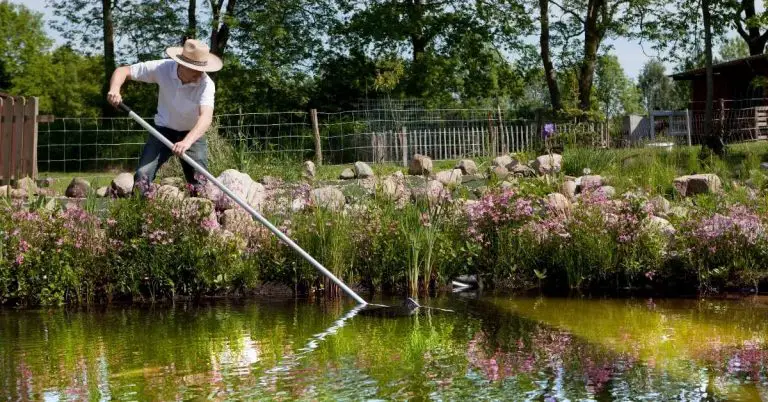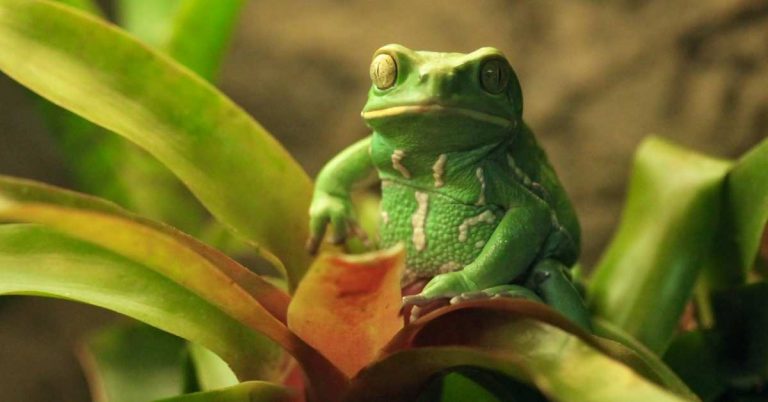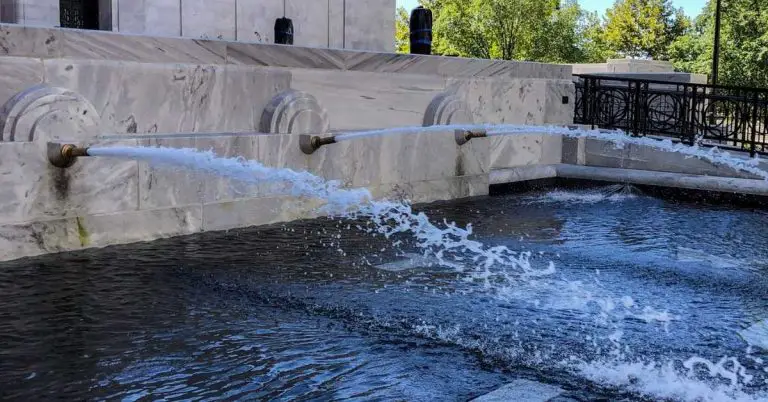Milky, Cloudy Koi Pond Water: 11 Causes & Solutions
We build koi ponds because we want to see beautiful koi swimming in crystal clear water. When the water becomes too cloudy to see the koi, it defeats the purpose and can be a really bummer. This is especially frustrating if you’ve just spent good money buying rare Koi fish online or at a local shop.
Cloudy water in koi ponds is usually caused by a build up of debris, such as algae, waste or bacteria, or by environmental factors like rainfall or heat. New ponds are more likely to have murky water. Cloudy water is usually not harmful to fish, but it is an eyesore. Thankfully, it’s easy to fix.
Figure out what’ s making your water appear cloudy or murky, and soon you’ll be able to enjoy your beautiful koi pond once again
The Root Cause of Cloudy Koi Pond Water (And How To Test It)
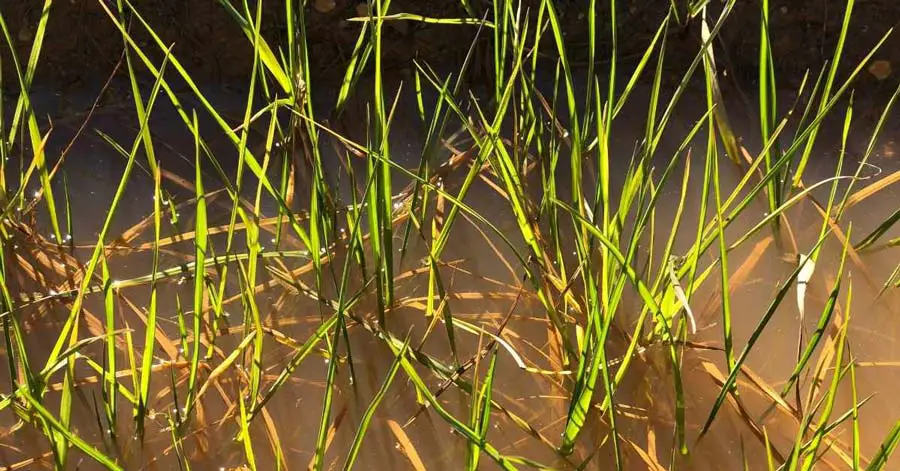
It’s important to go over the basics of cloudy water, even if it seems obvious. Pond water gets cloudy because it has particles in it—basically, your koi pond is cloudy because it has ‘stuff’ in it. Figure out what that stuff is, and you can fix the problem.
Murky water is caused by high turbidity. Turbidity is essentially how many suspended particles (that ‘stuff’ we’re talking about) are in your water, making it appear cloudy.
Start with this simple test. Put a glass of your garden pond water in a clear class. Then wait 24 hours.
After 24 hours, your pond water may become clear, with debris settled at the bottom. If this is the case, you’ll need to figure out why debris can’t settle in your pond. It’s likely because something is continually stirring up the debris and preventing it from settling, like too many fish in the water.
If the pond water in your jar remains cloudy, then that means there are issues with the water itself that you’ll have to clean. Don’t worry – your koi fish will be swimming pretty soon.
Can A Filter Fix Cloudy Pond Water?
If your koi pond water is murky, then your first instinct will be to check your filters. This is a good instinct. All koi pond owners know that proper filtration is key to a healthy pond.
So sometimes, ensuring that your filter is working properly, or fixing and/or revamping your filtration system will go a long way towards fixing your cloudy water. If you’re not filtering properly for your pond size and number of fish, then you’re going to have all kinds of problems.
That said, murky koi pond water can be caused by a number of issues that we’ll cover below. Filtration is almost always party of the solution, but it’s not always the entire solution. Knowing exactly why your pond water is cloudy will help you prevent the problem from happening in the first place, and ensure that your filter only has to work on a healthy system to begin with.
A final note before we jump in. Cloudy water is often more of a aesthetic problem. It’s usually not dangerous to your fish. That said, you may want to test your water, especially if you notice a sudden change in your water quality, to ensure there isn’t a more serious problem that could hurt your koi.
Testing your pond water will also tell you if you have unusually high or low measurements in pH, ammonia, nitrite and KH, which might be able to help you diagnose the problem. While these levels might not be the actual cause of your problem, then can help point you to towards what is.
Related Post: Will Koi Grow in a Small Pond?
Reasons Why Your Pond Water is Cloudy, Murky or Milk
Cloudy Pond Water Culprit #1 – New Pond
Before going down the rabbit hole of trying to figure out what your pond water is cloudy, first things first: new ponds will be cloudy for awhile.
Building a garden pond is a lovely investment, but it is just that: an investment. It will take time to achieve the crystal clear water you desire. In fact, it can up to two years for everything to settle properly.
Fix: Be patient – these things take time. And proper filtration, cycling your water properly and keeping the overall ecosystem healthy can speed up the process. You can’t rush Mother Nature, but you can certainly give her a hand.
Culprit #2 – Introducing Fish Too Quickly.
It take weeks or months for a pond ecosystem to establish itself. When you have the right balance of the right bacteria, it takes care of waste from your koi. It can take weeks or months before this balance is achieved, and if you introduce your fish too early, their excrement can make the water cloudy.
Fix: Don’t panic. If you have set up your pond ecosystem correctly and have a good filtration system in place, your pond will mature and begin to take of this problem. To prevent this problem, let your pond establish itself before introducing fish. Cycling your water well will help the right bacteria grow.
Culprit #3 – Dead Algae
Was your pond green before it was murky? Did you treat a planktonic algae bloom?
Algae is always something responsible pond owners need to watch for. While a normal amount of most types of algae is usually ok, an overgrowth can be harmful. And it will also turn your pond an unsightly color.
While living algae make your pond green, dead algae will make your pond cloudy. So once you treat pond algae, that dead organic material has to go somewhere. And voila: gray, murky water.
Fix: Filtration, filtration, filtration. Get that dead algae out of there. Be sure to clean your filtration system daily until the problem clears up. And be careful to prevent algae from getting out of control in the first place.
Culprit #4 – Bacteria
Healthy bacteria is important for the health of your pond and your fish, but sometimes it can lead to cloudy water. Namely, a sudden increase in bacteria, even good bacteria, can lead to a few days of cloudy water. So if you introduce good bacteria to your pond, it might grow quickly and make your water cloudy. This can happen in any pond, but is more common in newer ponds.
Fix: Be patient. And be proud of yourself for doing what you need to do to make your pond healthy, even if that makes things unsightly for a few days.
Culprit #5 – Insufficient Rip Rap
Rip rap is the rock area around the pond. And it’s not just aesthetic. You need sufficient rocks around the edges of your pond, to keep soil from eroding and slipping in. Too much soil slipping in, and you’ll get murky water.
Fix: Add more rip rap!
Culprit #6 – Too Many Fish For The Pond Size
Fish produce waste. This isn’t a problem when their ecosystem is healthy and large enough to handle it. However, if you pack in too many fish, then it will be harder for bacteria to clear out their waste. That means their excrement might make the water cloudy.
Fix: Increase your pond size, or decrease the number of fish. You don’t want more than 4 koi per 1,000 gallons of water.
Culprit #7 – Overfeeding
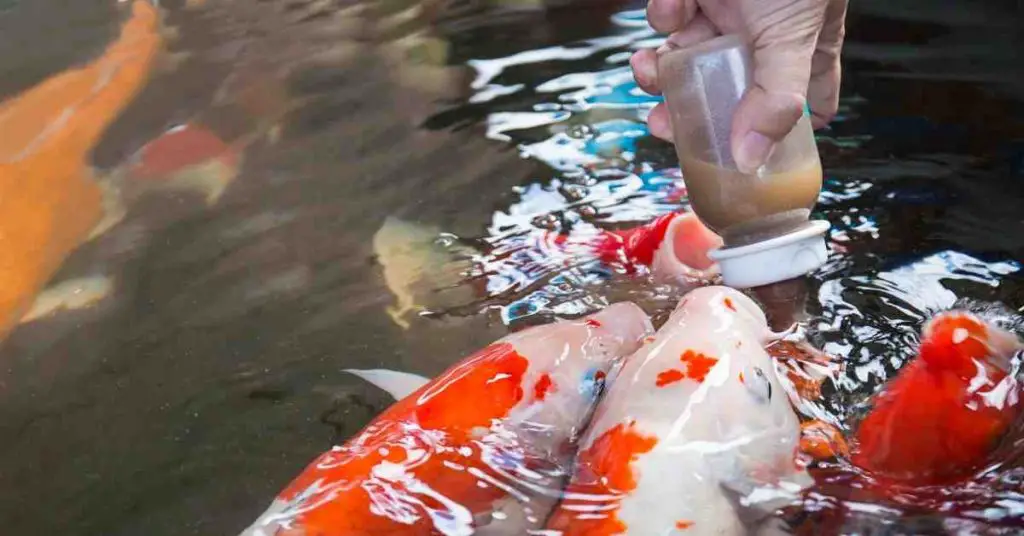
Be careful about how much you feed your koi fish. Overfeeding leads to two problems that contribute to cloudy water. First, any left over food will rot and affect the water quality. Second, koi fish that eat too much will poop too much, also leading to the problem.
Fix: Stop overfeeding your koi fish if you would like to improve the water quality (this will be better for your koi, too). Consider using Koi clay as well.. As a general rule, only feed them once per day, and only feed what they can eat in 3-5 minutes. If there is leftover food at the end of this feeding period, start feeding them less.
And until you figure out the right amount to feed them, skim out any leftover food.
Culprit #8 – Dirty Rocks
All pond owners know that rocks and other accessories for their pond are important. If koi don’t feel like they have hiding spaces, they might jump out of their pond. But if you’re not careful about the rocks you put into your pond, they could be contributing to your murky water problem.
If your rocks are dirty, then introducing them into your pond can also introduce sludge, talc and other sediments. These particles can leech off the rocks and contribute to the tepidity of your water.
Fix: Be careful about where you buy or source your rocks. Clean them thoroughly before introducing them into your koi pond. You can also soak your rocks for a few days prior to introducing them. This will tell you if they make water cloudy or not.
Culprit #9 – Old Plants
As you probably know, plants are very important to creating a healthy ecosystem for your pond. And hopefully you pick the right plants for your pond, and they remain healthy.
However, decomposing plants can add to a cloudy water problem.
Fix: Cut back old plants, and again, be sure you’re filtering properly.
Culprit #10 – Leak In Your Pond Liner
Here’s an issue that filtration alone won’t solve. If you have a leak in your pond liner, then nutrients seeping into your pond might be making your water cloudy.
Fix: You’re going to have to fix your pond liner.
Culprit #11 – The Weather
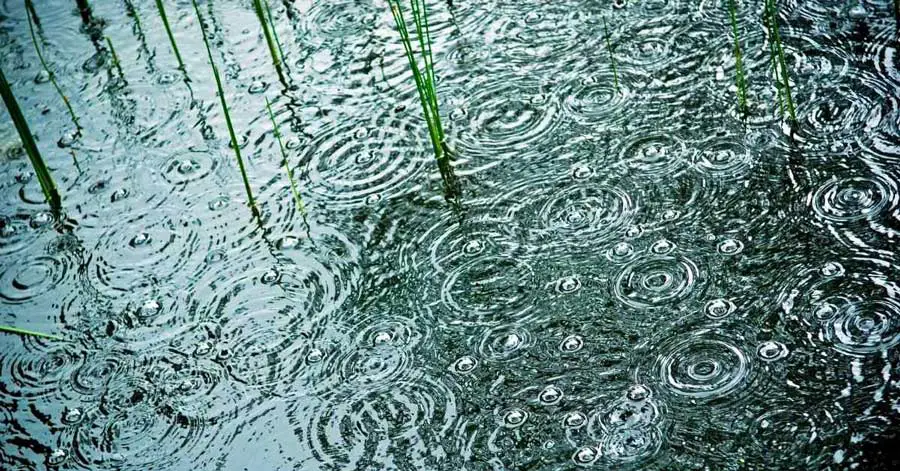
Blame it on the rain. After a rainstorm, dirt and mold can be washed into the pond, causing murkiness of the water. The rain itself can also unsettled the pond water temporarily.
Wind can blow in leaves and other things, introducing debris that could make your pond cloudy.
And keep an eye on the temperature. Hot, sunny water can change the color of water, because it can lead to more algae growth.
Fix: Don’t panic if your pond is cloudy after rain, as it should settle out soon. Be sure to skim out any debris the wind leaves behind. Consider whether your pond needs more shade.
Final Thoughts
No one wants cloudy water, but it’s something every new pond has to go through, and something that can affect older ponds too. Thankfully, of all the problems you can have with your pond water, this one is not too dangerous, and usually quite easy to solve.

